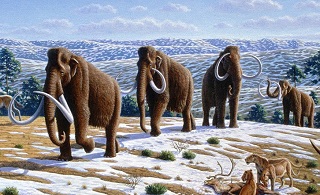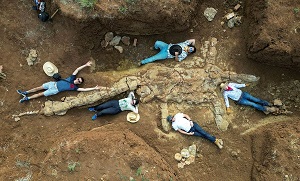 ⚡Scientists challenge fundamental precepts of virology. Do viruses even exist?
⚡Scientists challenge fundamental precepts of virology. Do viruses even exist?
Patrick Delaney | A number of pro-freedom health experts, including former Pfizer VP Dr. Michael Yeadon, are now questioning not only the existence of COVID-19, but of viruses entirely. | In a June 20 interview with Tucker Carlson, Scottish television presenter and author Neil Oliver mentioned that he was “not persuaded” there was any such thing as a COVID-19 virus circulating in the population since 2019 and 2020, explaining that in his judgment, based on hospital bed and death statistics, there was “no pandemic,” but rather “a pandemic of propaganda, a pandemic of lies and a pandemic of [false PCR] testing.” ■ Yet he and others may be surprised to learn that many scientists have asserted they have proof he is correct that no such SARS-CoV-2 virus even exists, and further, they argue, with compelling confidence and detailed demonstrations, that there is actually no proof viruses exist at all and that virology itself is a “pseudoscience.”
👉 Former Pfizer VP: Why evidence is lacking for the existence of COVID-19 ‘virus’ or any other (Life Site News)









